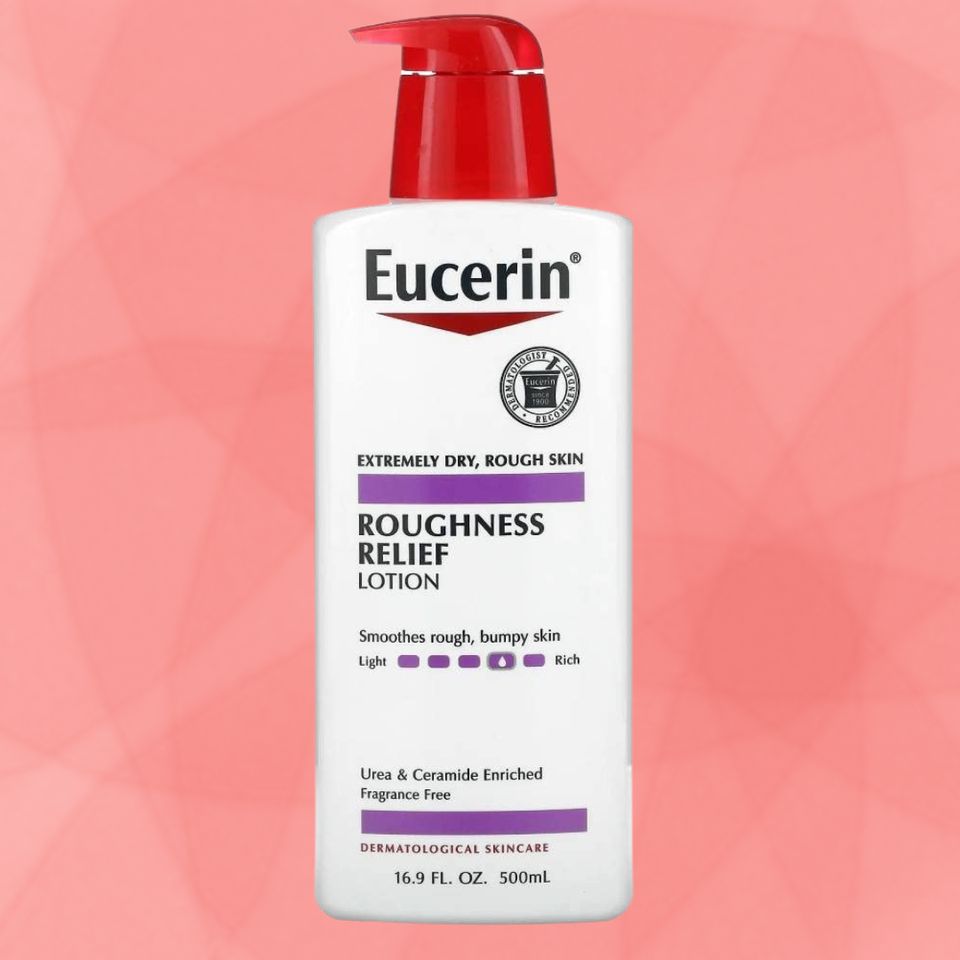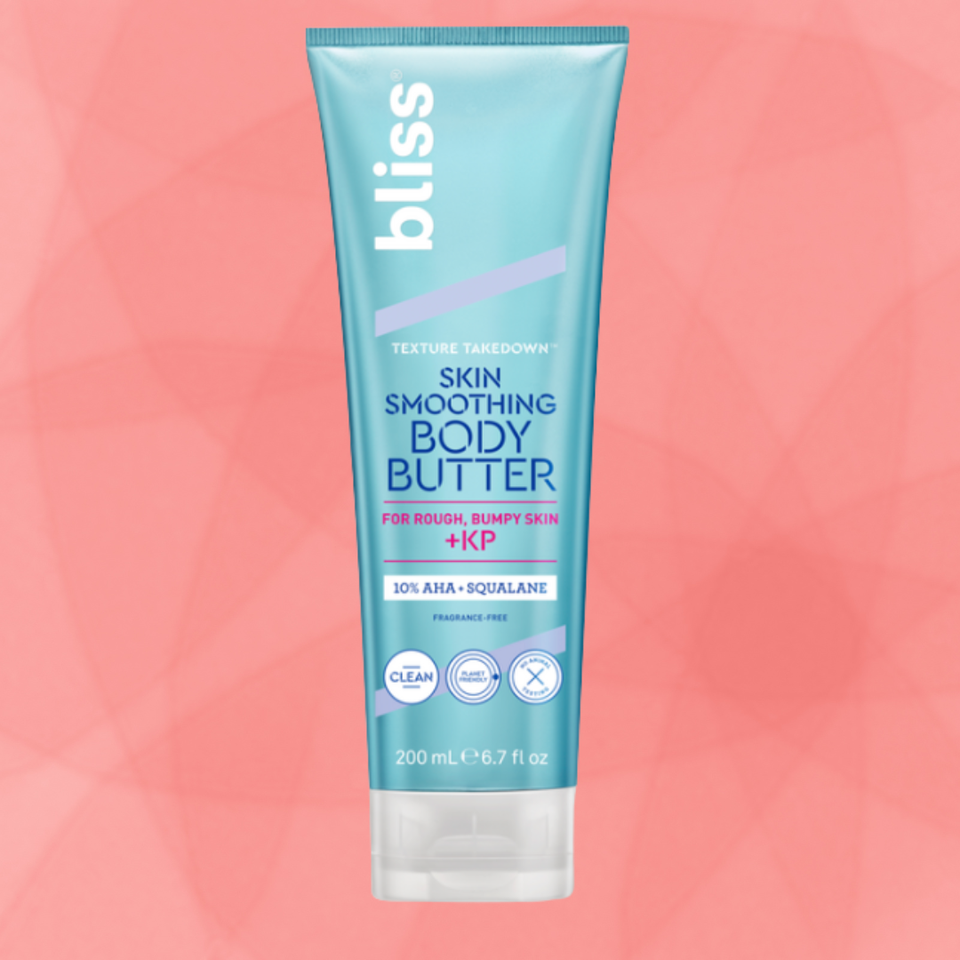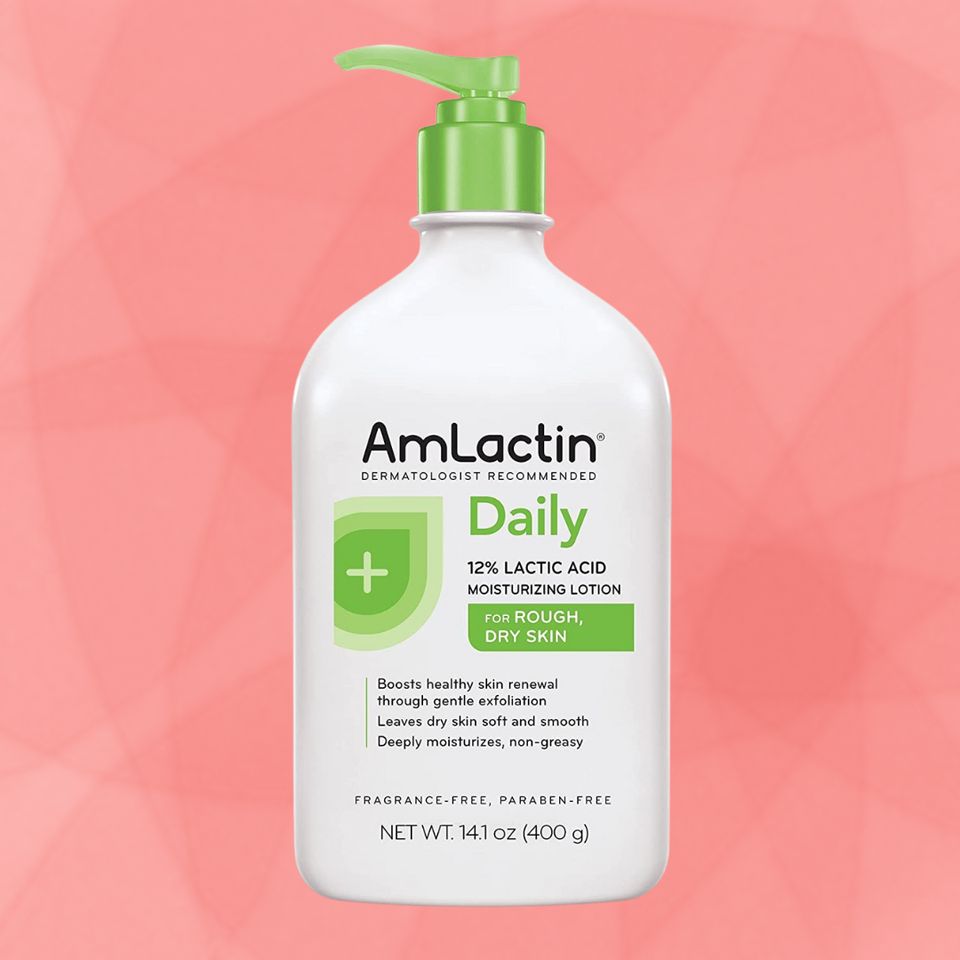The key to eliminating noticeable dark spots is to exfoliate and moisturize. Here are the best products to use.
Though it sounds like a snack you can only find on eBay or a peculiar indie rock single, “strawberry legs” is a term that actually has nothing to do with eating acidic red fruit or music. Instead, it refers to the strawberry-like appearance of some people’s legs.
Unlike other unique skin care trend names like jello skin and slugging, strawberry legs are typically not sought after; there’s a ton of TikTok videos on how to get rid of them. But as someone who has them — and hadn’t realized there’s a name for them — I was interested in the possibility of making mine less noticeable. I set out on a journey to learn more about strawberry legs and started by chatting with Dr. Marisa Garshick, a board-certified dermatologist at Manhattan Dermatology and Cosmetic Surgery Centers.
So, what exactly are strawberry legs?
“Strawberry legs refers to the accentuation of the pores or hair follicles that can appear on the legs as a result of other conditions,” Garshick said. “This can make the legs appear similar to a strawberry.”
These conditions include folliculitis (the inflammation of hair follicles), pseudofolliculitis (ingrown hairs) and keratosis pilaris.
What causes strawberry legs?
“Simply having dark or coarse hair can predispose you to strawberry legs, as when the hair is shaved, it can still leave behind a dark dot that appears visible since the hair is a darker color,” Garshick said.
In addition to your hair color and texture making you more susceptible to the appearance of darker pores, you may also see a strawberry-like effect if your pores are clogged.
“If the pores become clogged with dead skin, oil or debris and are open, then they are exposed to the air and oxidize and turn dark,” Garshick said. “This is what happens with a blackhead and why it is known as an open comedone and can give rise to the strawberry appearance.”
How do you treat them?
Since having strawberry legs isn’t technically a condition, but is rather a side effect of other skin situations, the best way to reduce the appearance of it is to examine your general skincare routine, including how you shave.
“Make sure to shave in the direction of the hair or with the grain to minimize irritation and the potential for ingrown hairs, and ensure your skin is damp,” Garshick said. “It is also important to use a shaving cream to minimize friction and use a razor that is sharp. If the blade is dull, it can increase the chance of irritation.”
Aside from upgrading your shaving routine, incorporating exfoliants into your skin on a regular basis can aid in reducing the likelihood of having strawberry legs.
“It can help to gently exfoliate the skin on the legs to help eliminate dead skin cells. This can be done with an alpha hydroxy acid (such as lactic acid or glycolic acid), or a beta hydroxy acid (such as salicylic acid), which also helps to unclog the pores,” Garshick said.
And if you suffer from keratosis pilaris and are no stranger to the annoying bumps it causes that further emphasize the strawberry nature of your skin, Garshick explained there’s one additional step you should definitely prioritize.
“While exfoliating dead skin cells is important, it’s also important to moisturize your skin as well to keep it soft and smooth,” Garshick said. “Harsh or abrasive scrubs can actually be irritating and make the skin more inflamed or red.”
Below, you’ll find Garshick’s top product picks for reducing the appearance of strawberry legs that will leave your skin hydrated and polished.
Newszetu and its publishing partners may receive a commission from some purchases made via links on this page. Every item is independently curated by the Newszetu Shopping team. Prices and availability are subject to change.
Credit: Source link




